Rotary Evaporator For Extraction
Rotary evaporator is a kind of evaporation equipment widely used in laboratory. It is suitable for reflux operation, rapid evaporation of a large amount of solvents, concentration of trace components and reaction processes that require stirring, etc. Rotovap for sale can be used to continuously distill large amounts of volatile solvents under negative pressure conditions, especially for the concentration and chromatography of extracts. The distillation of the receiving liquid during separation can separate and purify the reaction product.
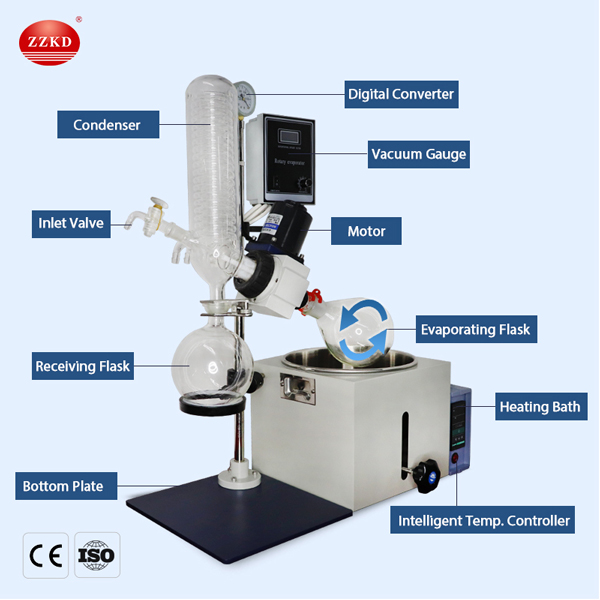
Let's first talk about what extraction is. Extraction is to use the different solubility of different components in the mixture to separate different substances in it. Let me talk about the principle of rotary evaporator extraction. It relies on the primary steam generated by the evaporator, and uses the principle of increasing the pressure and boiling point to increase the temperature of the secondary steam, so that the secondary high-temperature steam enters the evaporation chamber for heating. The existing heat energy of the secondary steam is recycled and reused, so it is not necessary to supply fresh steam all the time, and the purpose of evaporation, concentration and extraction is mainly achieved by self-circulation. Rotary evaporators can participate in this process, but relying on rotary evaporators alone cannot meet the requirements of purification and extraction. So it should be used together with other equipment, such as using a rotary evaporator to extract caffeine from tea.
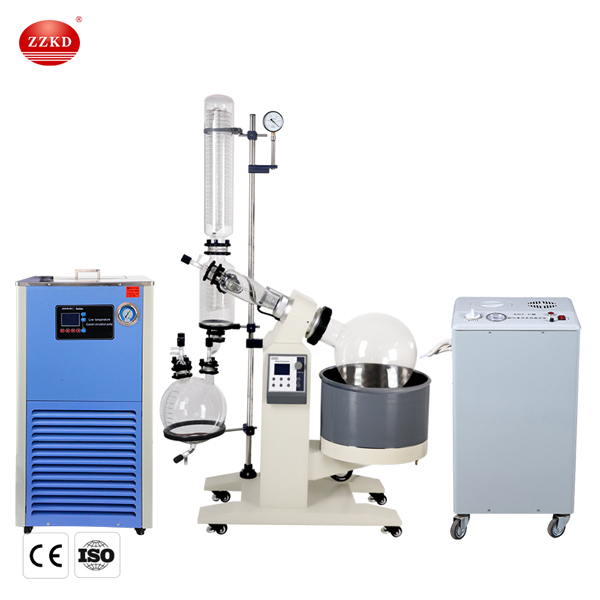
Extraction of caffeine with a rotary evaporator:
Extracting caffeine from tea is a classic organic chemistry experiment. In this experiment, an automatic extractor and a rotary evaporator were used to conduct liquid-solid continuous extraction in the extractor, and then evaporate and concentrate the solvent to obtain a crude product, which was finally purified by sublimation. The instruments used in the experiment are: solvent extractor, DLSB-5/25 low-temperature cooling circulating pump, RE-2000E rotary evaporator, circulating water vacuum pump, magnetic stirrer, etc.
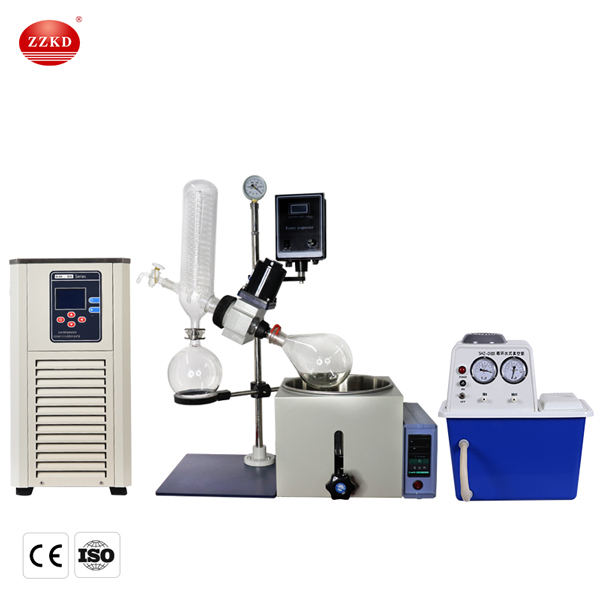
Extraction using rotary evaporator steps:
1. Turn on the gas path and power supply of the solvent extractor, set the extraction conditions, and clean the flow path of the extractor. Green tea is added to the extraction tank and extracted with methanol as a solvent. After the extraction is complete, replace the extraction tank with the rinse tube and clean the instrument flow path. At this point, there is approximately 50 mL of methanol in the collection bottle, and the mixed solution is transferred to a 250 mL round bottom flask.
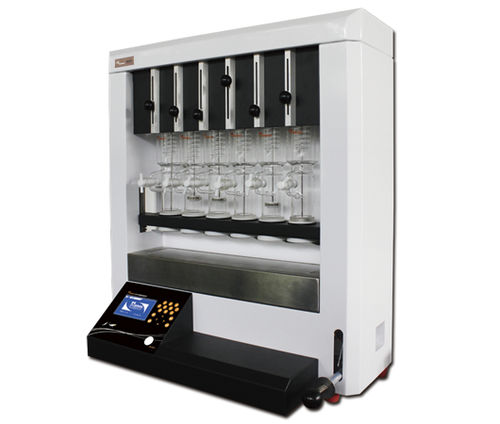
2. Start the cryogenic cooling circulation pump. After the coolant temperature is lower than 15°C, connect the 250 mL round bottom flask to the rotary evaporator, turn on the vacuum water pump, start the rotary evaporator, gradually raise the temperature of the rotary evaporator to 60°C, spin out the methanol solvent, and wait for a long time in the condensation tube Stop heating when there is no liquid dripping, slowly turn the cock of the rotary evaporator to connect to the atmosphere, and take out the round bottom flask after the pressure of the distillation device is balanced.
3. Transfer the crude product and CaO powder into a beaker, put a piece of filter paper with many small holes on it, support the filter paper with a bracket, 1-2 cm away from the bottom of the beaker, and put a flask filled with cold water on the beaker. In this way, the beaker is divided into two spaces by the filter paper. When the beaker is heated, the temperature in the lower space is higher and the caffeine sublimates. The temperature in the upper space is so cold that the caffeine condenses there. Sand bath is used for heating, and the controller temperature is 180-190 degrees, which can be gradually increased to about 210 degrees in the later stage of the experiment, and the heating is stopped when the surface of the filter paper sublimates and no longer produces white needle-like crystals. After the experiment, when the temperature of the system dropped to room temperature, the beaker was removed and the product was collected.
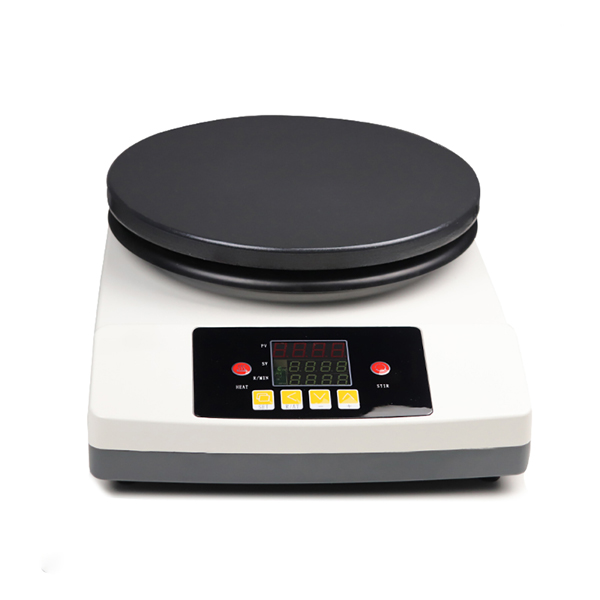
4. After the beaker is cooled, take out the filter paper and carefully remove the caffeine attached to the paper.
Advantages of the rotary evaporator:
1. All rotary evaporators have a built-in lift motor, which can automatically lift the flask to a position above the heating pot when the power is cut off.
2. Due to the centripetal force and friction between the liquid sample and the evaporating flask, the liquid sample forms a liquid film on the inner surface of the evaporating flask, and the heating area is large;
3. The force generated by the rotation of the sample effectively suppresses the boiling of the sample. These features, combined with their convenience, make modern rotary evaporators suitable for fast and gentle distillation of most samples, even by inexperienced operators.
The use of rotary evaporator with solvent extractor, low-temperature cooling circulation pump, circulating water vacuum pump, magnetic stirrer and other experimental instruments can meet the extraction requirements, and the extracted products are more pure. If you want to know more about rotary evaporator extraction products, please contact us. We can produce both rotary evaporators and matching instruments. Welcome to contact us


